The tastier and tastier the dried figs, the higher the sales, so the higher the price. This does not mean that cheaper figs are of poor quality. The price of small dried figs depends on several factors, including color, size, drying method and so on. This price is not fixed due to the fruit of the garden. Markets for dried figs are everywhere, such as perfumeries, dried fruits, wholesalers, retailers, etc.
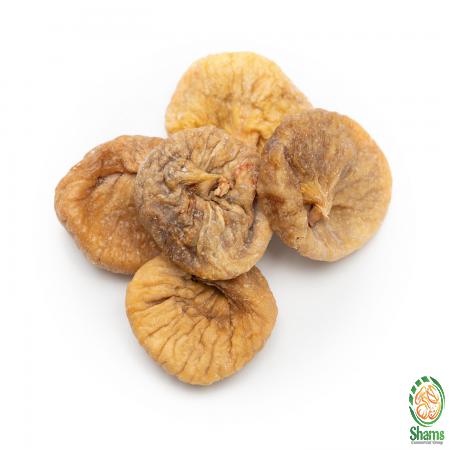
What Is the Best Type of Small Dried Fig?
 Originally grown in the warm, semiarid climate of the Mediterranean, figs found their way to California through Spanish missionaries who started planting them in San Diego in the mid-1700s. Today, almost all commercially grown figs in the United States come from California, where the summers are long and dry. The most common varieties of fresh figs are Black Mission (black or purple skin and pink flesh), Kadota (greenish yellow skin and purple flesh) and Calimyrna (large greenish yellow fruit). Each of the fresh varieties is available during a different period from June through September. Fresh figs have an incredible flavor, but because they last only about a week after harvest, almost 90% of the world’s fig crop is sold as dried fruit. The nutritional value of dried figs is quite impressive. They have the highest fiber and mineral content of all common fruits, nuts or vegetables. They also have as much as 1,000 times more calcium than other common fruits and by weight they actually have more calcium than skim milk.
Originally grown in the warm, semiarid climate of the Mediterranean, figs found their way to California through Spanish missionaries who started planting them in San Diego in the mid-1700s. Today, almost all commercially grown figs in the United States come from California, where the summers are long and dry. The most common varieties of fresh figs are Black Mission (black or purple skin and pink flesh), Kadota (greenish yellow skin and purple flesh) and Calimyrna (large greenish yellow fruit). Each of the fresh varieties is available during a different period from June through September. Fresh figs have an incredible flavor, but because they last only about a week after harvest, almost 90% of the world’s fig crop is sold as dried fruit. The nutritional value of dried figs is quite impressive. They have the highest fiber and mineral content of all common fruits, nuts or vegetables. They also have as much as 1,000 times more calcium than other common fruits and by weight they actually have more calcium than skim milk.
Fresh Figs (Anjeer fruit) are seasonal fruits that are found in the western parts of Asia, but dried figs are commonly available almost everywhere in the country. There’s no question that fruit makes a healthy addition to your diet. But you may wonder how dried fruit stands up to the fresh varieties. When it comes to figs, the difference is very minimal, making them both a healthy choice. But due to the water content in a fresh fig, you may find it a bit more filling than the dried. The fig tree is a member of mulberry family.
Fig Custard We love fig recipes morning, noon, and night. Dried Fig Usage Whether you serve this warm-hug-in-a-casserole-dish for brunch or dessert, a drizzle of maple syrup and a dollop of freshly whipped cream would definitely be a welcome addition. Soak dried figs for 30 minutes before use so they’ll plump up nicely and puree in a jiffy! The puree can then be added to curds, milk and desserts. Consuming 3 small dried figs as a part of your daily diet is a good way to add nourishment to your meals.
What Are the Usage of Small Dried Fig?
The quality of small fig is the edible fruit of Ficus carica, a species of small tree in the flowering plant family Moraceae. Native to the Mediterranean and western Asia, it has been cultivated since ancient times and is now widely grown throughout the world, both for its fruit and as an ornamental plant.[3][4] Ficus carica is the type species of the genus Ficus, containing over 800 tropical and subtropical plant species.Light: Avoid direct sunlight, although it has no effect on quality but direct sunlight may warm the dried figs to make them more dry or activate microorganisms, if environment is humid. Temperature: Optimum storage temperature is +60C (+420F). However +40C to +100C (+390F to +490F) shall have no adverse effect on quality. Figs can withstand well till end of spring when ambient temperatures reach +200C (+680F). No need to stow in kitchen refrigerator. Display, consume and keep rest of the package at room temperatures less than +200C (+680F) Humidity: Optimum relative humidity is 50-60 %. Avoid humid and stagnant environment. Condensation: Differences of temperature due to night and day, rainy days or climate changes may cause condensation of moisture in air on the surface of dried figs as pure water droplets. Natural ventilation of air around dried figs is necessary. The pure water droplets on outer surfaces of the dried figs causes the figs to darken and also activate yeasts, molds and start fermentation. The corrugated carton boxes can absorb the condensing moisture and become softer, therefore may not be able to carry the packages and may be easily torn by slight forces. To avoid this situation, the ambient relative humidity must be less than 60% and cartons should be stowed about 10 cm (4″) above the ground on pallets and cartons should be covered with cloth or plastic in high ceiling spaces. There must be at least slight natural ventilation to prevent possible moisture condensing on dried figs. Foreign odours: Avoid stocking near chemicals, fuels, exhaust gases, debris or any other foreign odour source. Crystallization on figs: As water at the outer level of dried figs evaporate, natural sugars crystallize on the outer surface of dried figs. This is normal and natural. Other hygienic and technical precautions must be taken after G.M.P. (Good Manufacturing Practices) during storage. How long do Dried Figs last: 1 year, in the right storage conditions as above.
Best Storage Conditions of Small Dried Fig
 Estahban Dried Fig Suppliers is one of the well known and important agricultural export product of Turkey. Turkey is the biggest producer and exporter in the world for Sun Dried figs products. 60-70% of world’s dried figs production and 75% of world’s dried figs export is being made by Turkey. Fig growing and production is mostly done in Aydin region of Turkey, particularly in Nazilli, Germencik, Ortaklar, İncirliova towns. Because of the climate of this area figs have thin skin and high honey content which are differentiating characteristics from other varieties.
Estahban Dried Fig Suppliers is one of the well known and important agricultural export product of Turkey. Turkey is the biggest producer and exporter in the world for Sun Dried figs products. 60-70% of world’s dried figs production and 75% of world’s dried figs export is being made by Turkey. Fig growing and production is mostly done in Aydin region of Turkey, particularly in Nazilli, Germencik, Ortaklar, İncirliova towns. Because of the climate of this area figs have thin skin and high honey content which are differentiating characteristics from other varieties.
When comparing dried and fresh, the differences in carb and sugar content are slight. But, again, the dried fig is slightly lower in both categories. One dried fig has 5 grams of carbs and 4 grams of sugar, while one fresh has 8 grams of carbs and 7 grams of sugar. Dried figs may be lower in carbs and sugar, but they’re a little higher on the glycemic index, a system that ranks carbs on how they affect blood sugar. The glycemic index for dried figs is 62, compared to less than 55 for fresh figs. A higher glycemic index means the dried figs may affect blood sugar a little more than the fresh. Both dried and fresh figs have the same amount of fiber, with 1 gram per serving.
Figs aren’t a significant source of any vitamins or minerals. When it comes to comparing the fresh versus dried versions of the sweet and seedy fruit, the differences are small. But in this case, the fresh figs may help you get a little closer to your daily needs than the dried, specifically for potassium, magnesium and manganese.
Why Are Small Dried Fig So Expensive?
Harvesting of Turkish figs: The variety of figs which is used for drying is Ficus carica. They are also called as Calimyrna figs which is light green-yellow color. Every August fresh figs are ripened and they are harvested by the farmers. Dried fig along with other dried fruits and nuts form a strong and power packed snack over junk foods like chips, chocolate bars, granola bars, biscuits, sandwiches, crackers, sugar laden beverages and the so called “low caloric/baked snacks”. Its nutrient content beats the above mentioned refined flour snacks by all means. Some dried fruit are treated with sulphur dioxide before they are dried. The preservative allows dried fruit to retain their original color from darkening during the drying process. Sulphur dioxide can trigger asthma-like reactions in some people. Organic dried fruit does not contain the chemical; it is darker in color and has a slightly different flavor, often more like the fresh version.
Dried figs are a great stand-alone snack, but they are also extremely versatile and add a lot of flavor and texture to other dishes. The easiest way to chop up figs is to use a pair of scissors. When scissors get sticky, run them under hot water. If you use a knife, rinse it often in hot water during the chopping process.
The Wholesale Price of Small Dried Fig
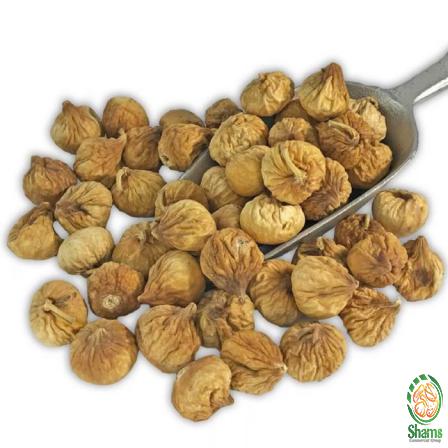 Dried Fig Price How to dry figs naturally: Fresh figs are dried under the sun, on the nets, . It takes about 7-8 days to get the desired dryness level. After sun drying, figs are transported in food grade crates, from farms to factory fro further processing. When sun dried figs (called raw material) reaches to the factory, firstly they are fumigated. Then they are kept in cold rooms (between +4 to +6 C temperature). As the first step of process, figs go for sizing by machine. After sizing, dried figs are taken into dark room and selected carefully by workers under UV lights to remove the fruits contaminated by Aflatoxin. Next step, dried figs are washed with running warm and salty water. After washing figs are taken into cases for resting 2-3 days, to reach the optimum moisture level (if needed, sometimes figs are dried in the oven to reach the desired level of moisture). Next step is selecting dried figs on the tables to remove the defected fruits like moldy, spoiled, damaged or any foreign material. Now selected high quality dried figs are ready for packing. Dried fig by-products include a variety of jams, pickles, used in cookies, cakes, desserts.
Dried Fig Price How to dry figs naturally: Fresh figs are dried under the sun, on the nets, . It takes about 7-8 days to get the desired dryness level. After sun drying, figs are transported in food grade crates, from farms to factory fro further processing. When sun dried figs (called raw material) reaches to the factory, firstly they are fumigated. Then they are kept in cold rooms (between +4 to +6 C temperature). As the first step of process, figs go for sizing by machine. After sizing, dried figs are taken into dark room and selected carefully by workers under UV lights to remove the fruits contaminated by Aflatoxin. Next step, dried figs are washed with running warm and salty water. After washing figs are taken into cases for resting 2-3 days, to reach the optimum moisture level (if needed, sometimes figs are dried in the oven to reach the desired level of moisture). Next step is selecting dried figs on the tables to remove the defected fruits like moldy, spoiled, damaged or any foreign material. Now selected high quality dried figs are ready for packing. Dried fig by-products include a variety of jams, pickles, used in cookies, cakes, desserts.
The Best Centers for Buying Small Dried Fig
Selected high quality dried figs Buying Dried Fig are packed into cartons in natural form or manipulated by workers and packed in different packaging depending on customer’s request. Finally they are metal detected before release.
fig is a soft and sweet bulbous fruit that comes from various species of Ficus trees. Figs are native to western Asia and the Mediterranean, but thrive in dry, moderate climates, which make places like California ideal for growing figs. Figs contain hundreds of tiny edible seeds that are appreciated for the texture and nutrients they add to the fruit. They are consumed all over the world in both fresh and dried form, and can be enjoyed as a healthy snack or added to savory and sweet recipes.
Varieties Of Figs 1) Black Mission figs are small figs with pink flesh and a deep purple skin that appears black when dried. They have a rich, sweet flavor and a gummy texture. Mission figs are named after the Franciscan missionaries who planted them throughout California in the 18th century. 2) Brown Turkish figs are one of the most popular type of figs. They are a large, moist and succulent variety with a maple-brown skin and light-amber flesh. They have a sweet and mellow flavor that contributes to their popularity around the world. 3) Calimyrna figs have a pale green-yellow color and a warm, sweet flavor. Their name is derived from two places: Smyrna and California. Smyrna is their ancient city of origin in Turkey, and they were introduced to California in the late 1800’s by a San Joaquin Valley grower who renamed the figs to represent their new home.
The Suppliers of High Quality Small Dried Fig
 Small Fig Suppliers, There are types in terms of physical forms and packing. Actually they are all the same Sun Dry Figs as raw material, but in the last phase of processing, workers gives different forms to the fruit then put into the pack. Those types are: Lerida (most demanded), garland, protoben, pulled, layer and baglama.
Small Fig Suppliers, There are types in terms of physical forms and packing. Actually they are all the same Sun Dry Figs as raw material, but in the last phase of processing, workers gives different forms to the fruit then put into the pack. Those types are: Lerida (most demanded), garland, protoben, pulled, layer and baglama.
Opened and unopened bags of dried figs can be stored in the refrigerator for up to six months. Turkish figs should be stored under refrigeration upon receiving, whether or not they are opened yet. Other dried fig varieties can be stored in a dry, cool place for up to 3-6 months. If you plan to store your figs longer, you can transfer them to a freezer bag or airtight container and store them in the freezer for up to a year.
Dried figs can be enjoyed as a moist and delicious snack that provides a wealth of health benefits. Their natural sweetness and unique texture also makes them a wonderful addition to both savory and sweet dishes. For an exceptional treat, try pairing dried figs with goat cheese and caramelized onions. They can also be baked into breads, muffins, and biscuits, or chopped up in rice dishes and served with meats. Using a pair of scissors is one of the easiest way to cut up figs. Running your scissors or knife under hot water will prevent it from getting too sticky and make it easier to use. If you plan to use dried figs in dough for baking, coat the figs in flour first so that they will be easier to work with and won’t stick to your pans.

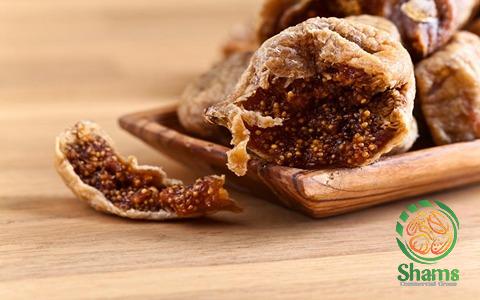
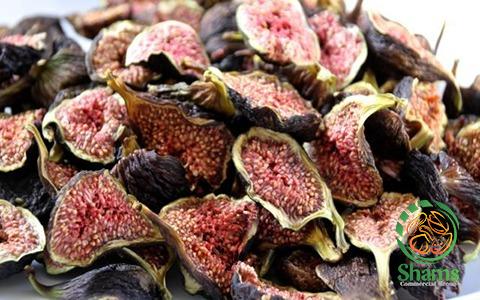
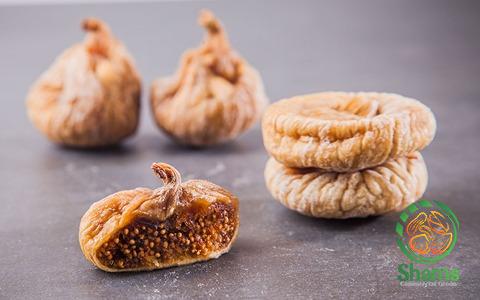

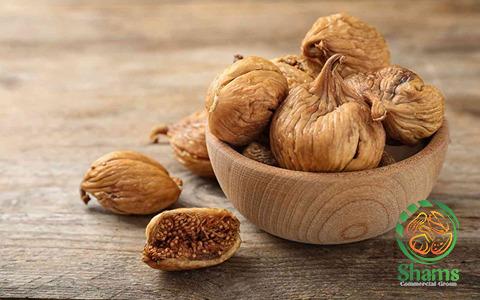
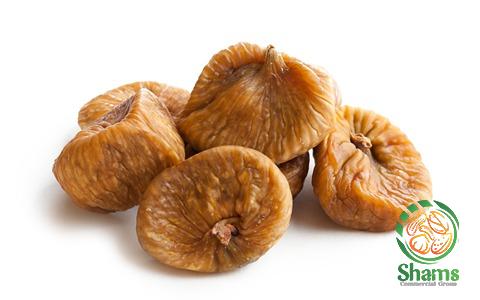
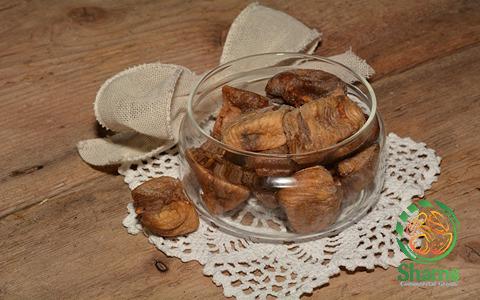
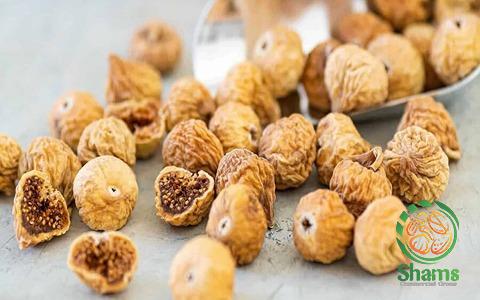
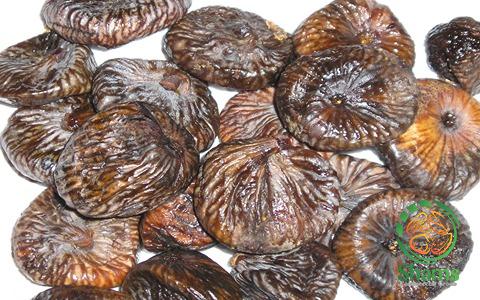
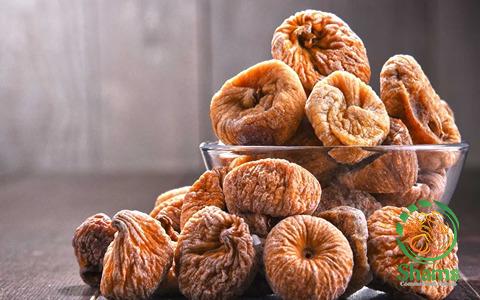
Your comment submitted.